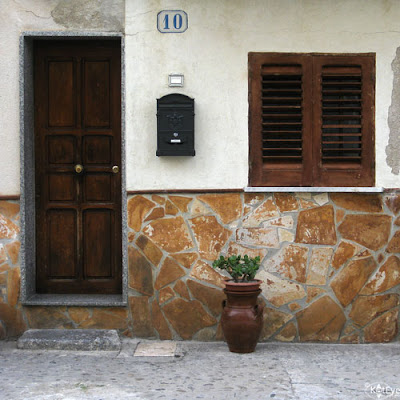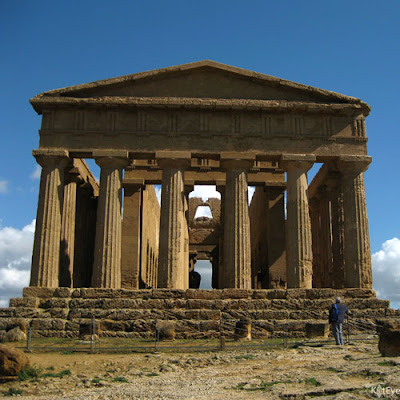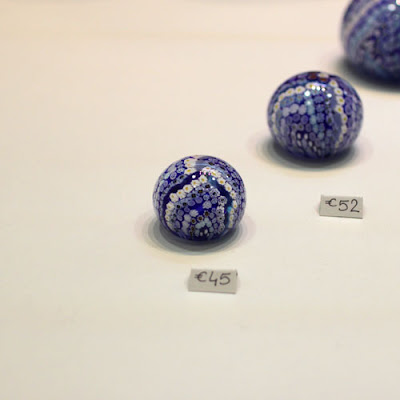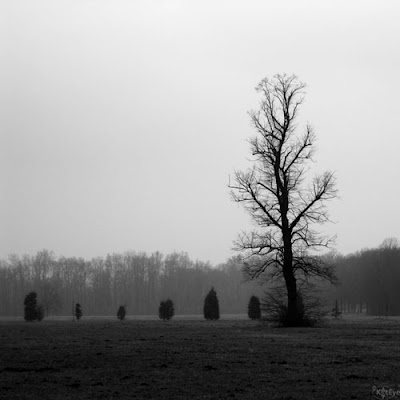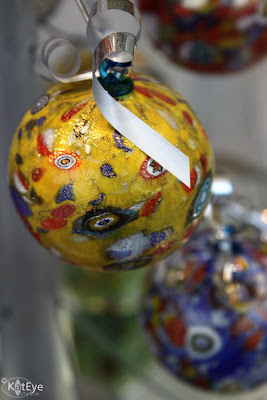When I took this picture, I wondered why someone would write OUCH on an empty shop window. I liked the reflections of the double-paned glass and thought processing it would be fun, even as I wondered what I would ever use it for.
Apparently, I took the photo for today. As I sit in my achy body and sip my tea to soothe an achy throat and I wonder if I should make a doctor’s appointment for this achy ear of mine, I share the OUCH since that’s how I feel.
I sincerely hope you all are feeling better than me today!








